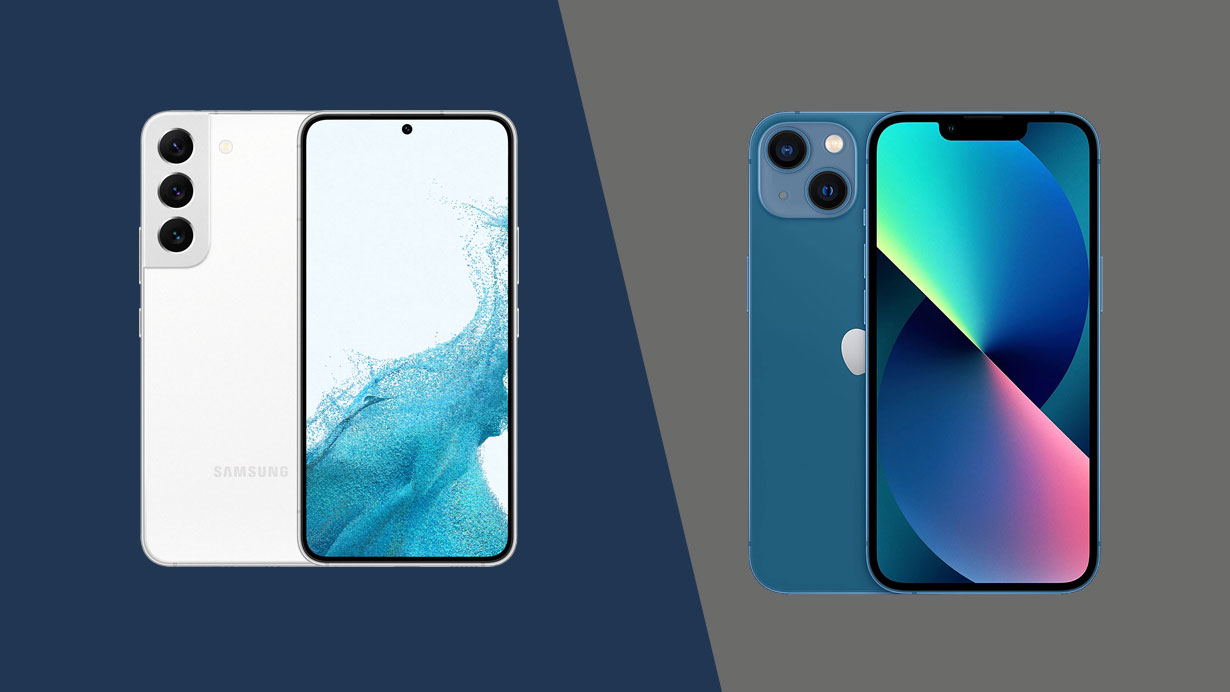
The Samsung Galaxy S22 has been announced, and a subtle reduction in size has pitched it into an even more direct rivalry with the iPhone 13 than previous models.
So which compact flagship phone is the best buy in 2022? We haven’t had a chance to fully put the Galaxy S22 through its paces just yet, but we can form some early impressions based on the specs and associated press materials.
Here’s how we’re seeing this epic battle between what could be the two biggest smartphone sellers of 2022.
Samsung Galaxy S22 vs iPhone 13 price and availability

The Samsung Galaxy S22 was announced on February 9, 2022. Prices start from $799 / £769 / AU$1,249 for the 128GB model, and move up to $849 / £819 / AU$1,349 for 256GB.
In the opposite corner we have the iPhone 13, which arrived into this world on September 24, 2021. Prices start from $799 / £799 / AU$1,349 for the entry 128GB model, moving up to $899 / £879 / AU$1,519 for 256GB and $1099 / £1079 / AU$1,869 for 512GB.
So if you're on a budget, the S22 is a hair cheaper, but if you want lots storage only the iPhone has what you need.
Design
Samsung and Apple diverged with their design language choices some years ago.
Get daily insight, inspiration and deals in your inbox
Sign up for breaking news, reviews, opinion, top tech deals, and more.
The Samsung Galaxy S22 has curved edges (though not a curved display), while the iPhone 13 is all flat edges and sharp corners.
Samsung has stuck with its ‘Contour Cut’ camera module on the rear of its phone, which sees it melting into the frame in a pleasing fashion. Apple has gone with a less cohesive and more industrial-looking camera module, comprised of circles framed and lifted by a rounded square.
The chief difference when considering the front of these phones is that the Samsung Galaxy S22 goes with a punch-hole selfie camera, while the iPhone 13 uses a much less subtle notch. Apple may have reduced the size of its notch by 20%, and it might house the brilliant Face ID authentication system, but it’s still a bit of an eyesore compared to the Galaxy S22’s solution.
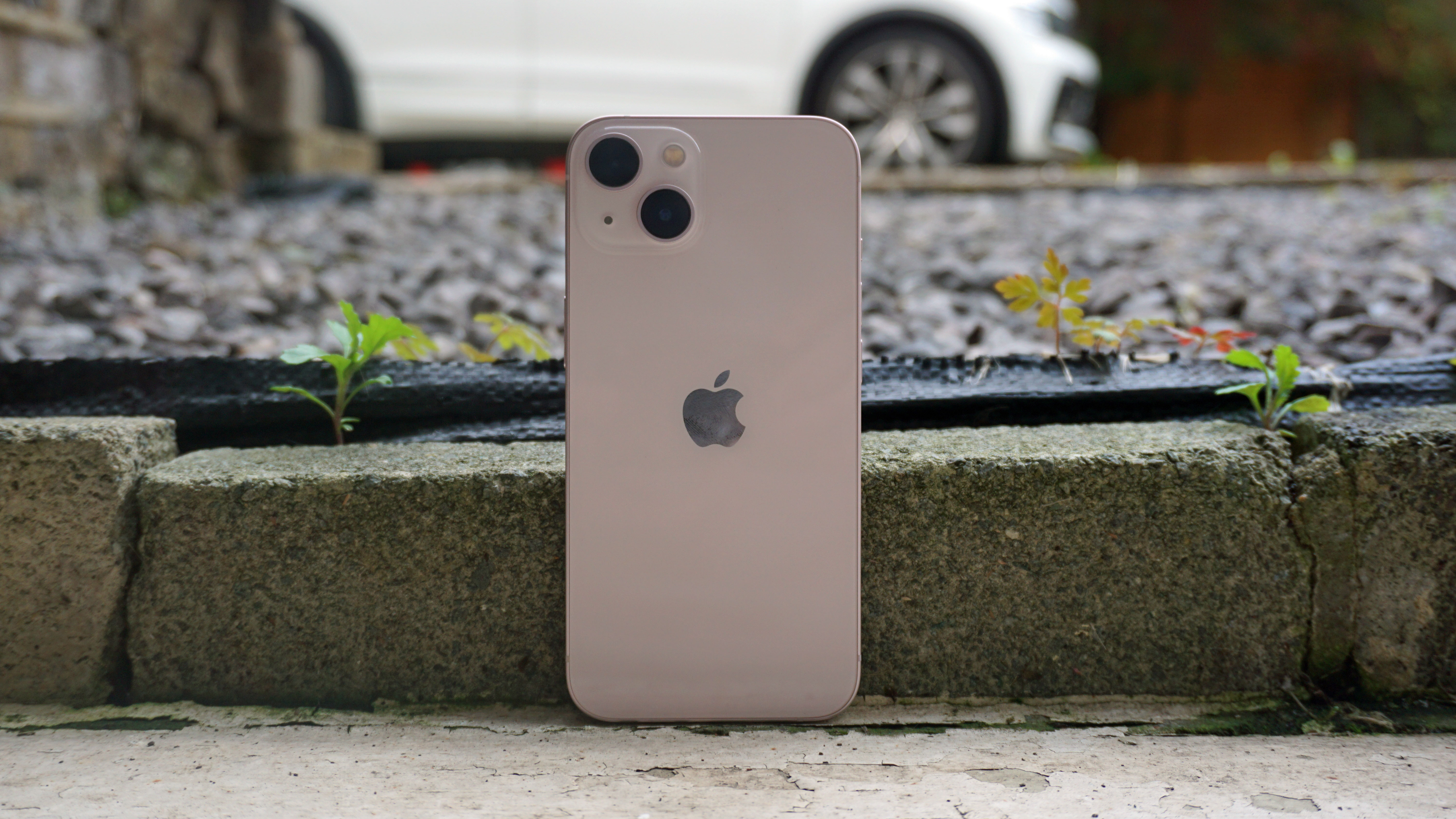
It’s worth emphasizing that both phones look a lot like their immediate predecessors. These are both second-generation designs, though the Samsung Galaxy S22 is a little smaller than the Samsung Galaxy S21, bringing it closer to the iPhone 13.
The Samsung Galaxy S22 measures 146 x 70.6 x 7.6mm, while the iPhone 13 comes in at 146.7 x 71.5 x 7.65mm. That’s very similar indeed, and both phones are what we’d term compact – at least by modern standards.
There’s a slight difference in weight, with the Samsung Galaxy S22’s 168g making it lighter than the iPhone 13’s 174g. It’s hardly night and day, though.
Both phones are IP68 certified too, so they’ll stand up similarly well to dust and water ingress.
Display
Both of these phones have 6.1-inch AMOLED displays, after Samsung downsized from the Galaxy S21. That’s just about where the similarities end, however.
Apple’s screen is slightly sharper at 1170 x 2532, while the Samsung Galaxy S22 goes with a straight 1080 x 2400, or FHD+.
However, the Galaxy S22 wins back points with a much higher level of fluidity. At 120Hz, it’s literally twice as smooth as the iPhone 13’s slowpoke 60Hz equivalent.
Our iPhone 13 reviewer said that such a feature would have been “nice to have, rather than indispensable”, but it’s still a fairly large advantage for the Samsung. Apple placed just such a feature into its Pro models, after all, so it can’t really be dismissed as trivial.
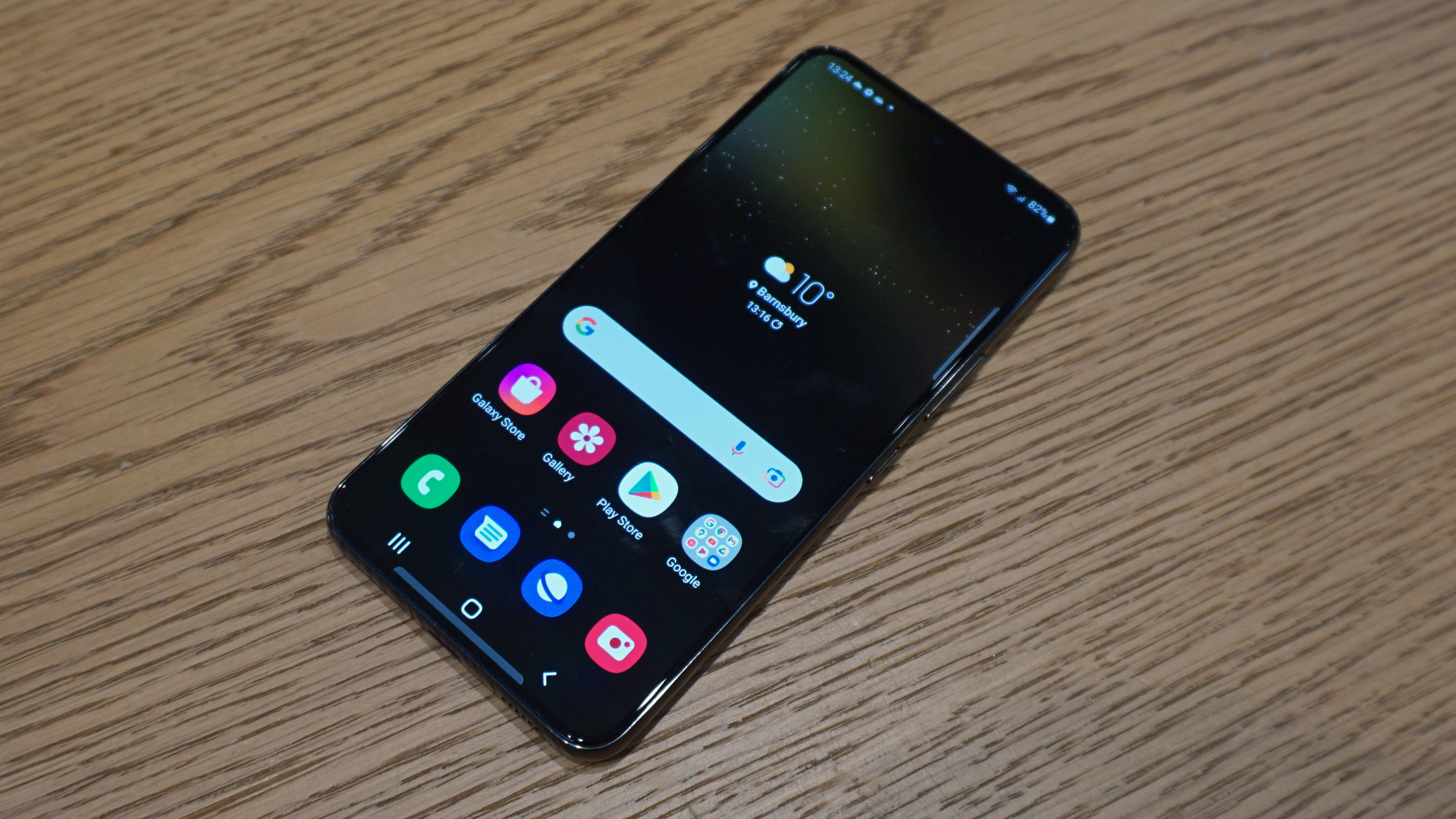
Samsung’s implementation can also drop right down to 10Hz when appropriate, so it’s arguably the more efficient screen of the two.
Another advantage for the Samsung Galaxy S22 is that punch-hole camera, which proves much less distracting when experiencing full-screen landscape content such as movies and games.
We’ll have to wait and see for sure, but the Samsung Galaxy S22 seems to have the better display at this point – especially when you consider Samsung’s peerless track record in this area.
Camera
The Samsung Galaxy S22 has a triple camera system led by a brand new 50MP main sensor.
The iPhone 13’s 12MP main sensor might sound less impressive, but it pulls in 47% more light than the iPhone 12 before it. What it lacks in megapixels, it makes up for in pure light-capturing potential. It also benefits from an advanced sensor shift stabilization system, which it lifted from the previous year’s impressive iPhone 12 Pro Max.
Thanks to these components, the iPhone 13 takes night shots of uncanny clarity. We’ll have to wait and see how good the Galaxy S22’s shots are in challenging conditions, but it faces a tough task overthrowing the iPhone 13 for pure all-environment chops.
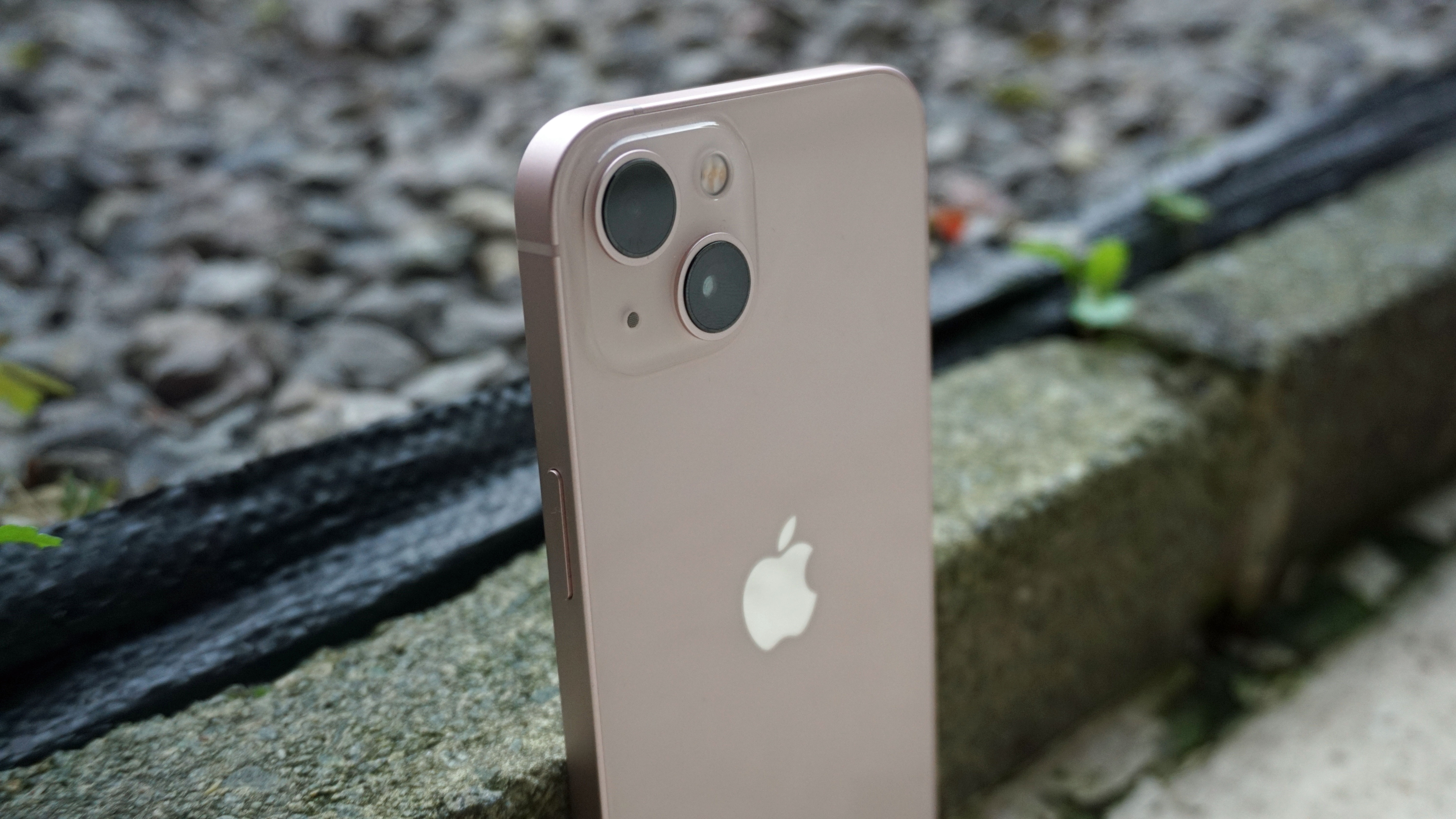
Both phones feature 12MP ultra-wide sensors, though the Galaxy S22’s f/2.2 aperture is slightly larger than the iPhone 13’s f/2.4.
But the biggest hardware difference here is the telephoto sensor. The Samsung Galaxy S22 has a 10MP sensor capable of a 3x optical zoom, whereas the iPhone 13 offers no telephoto provision whatsoever.
Around front, the Samsung Galaxy S22 has a 10MP selfie camera, while the iPhone 13 features a 12MP example.
Hardware comparisons aside, this is all going to come down to color science and image processing. Samsung traditionally has a distinctive vibrant look, while Apple is known for its more balanced and naturalistic palette.
Specs and performance
The Samsung Galaxy S22 is powered by either a Snapdragon 8 Gen 1 chipset or Samsung’s new Exynos 2200, depending on the region. Both are 4nm chips with roughly equivalent power.
From what the early benchmark tests are suggesting, neither of these chipsets represents a major advance in performance over their 5nm predecessors. We’ll be running our own tests, of course, but if this holds true then the iPhone 13’s A15 Bionic chipset is likely to come out on top.

Apple claimed at launch that its new chipset was 50% faster than its Android contemporaries, which we take to mean the previous generation of Android chips. Without a significant advance from Qualcomm or Samsung, that gap is unlikely to close all that much.
One interesting crinkle this time around is the Exynos 2200’s AMD GPU, which shares the same RDNA2 architecture as the PS5 and the Xbox Series X. It’s possible this is capable of some graphical tricks that the iPhone 13 and its A15 Bionic can’t match. Whether many developers will feel impelled to exploit this is another matter.
Elsewhere, the Samsung Galaxy S22 has 8GB of RAM to the iPhone 13’s 4GB. As we’ve noted before, such memory comparisons aren’t particularly useful, given the different way in which iOS and Android handle resources.
On the storage front, the Samsung Galaxy S22 offers either 128 or 256GB, while the iPhone 13 adds a 512GB option to the mix.
Battery
Samsung has reduced the size of the Galaxy S22’s battery to just 3,700mAh. That’s still quite a bit bigger than the iPhone 13’s 3,240mAh cell, but then iOS is typically much more frugal than Android.
Indeed, this shrunken battery is probably our biggest worry ahead of our Samsung Galaxy S22 review. Both the Samsung Galaxy S21 and the recent Samsung Galaxy S21 FE underwhelmed on this front, failing to last a full day of intensive usage even with larger batteries. Here’s hoping that more efficient processor and display can make the difference.
Conversely, the iPhone 13 has some of the most impressive stamina we’ve seen from an iPhone in some time. Apple actually increased the capacity of its battery which, along with the more efficient A15 Bionic chipset and that 60Hz-limited display, results in strong battery life.
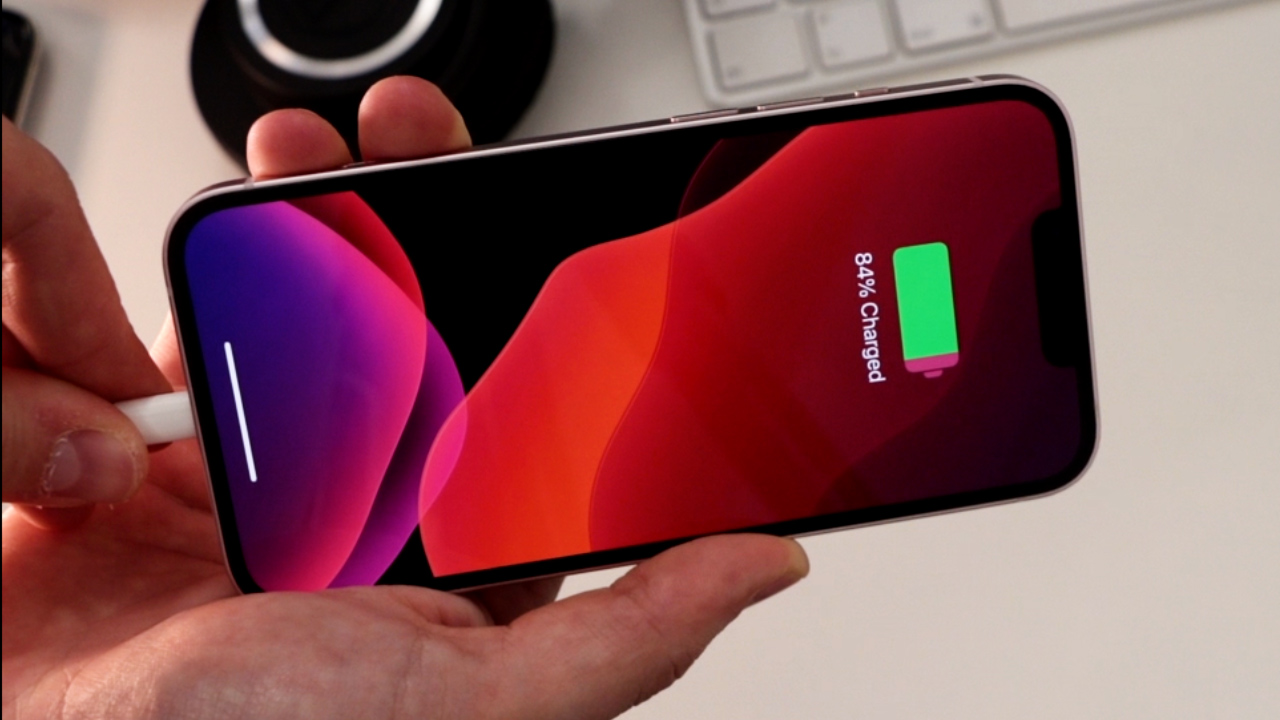
Our reviewer was typically left with 20% left in the tank at the end of an intensive day of usage.
Samsung has the slight advantage when it comes to charging speeds, but only fractionally. The truth is that at 25W for the Galaxy S22 and 23W for the iPhone 13, neither is competitive with the fastest charging phones on the market.
Neither Samsung nor Apple supplies a charging brick in the box, either.
Both phones support 15W wireless charging, but the iPhone 13 only hits those speeds with a dedicated MagSafe charger. Otherwise, it only extends to 7.5W wireless charging.
Takeaway
Samsung is clearly positioning the Galaxy S22 for a direct fight with the iPhone 13. Its display, proportions, and pricing are all very similar to Apple’s current champ.
Despite this, the Samsung Galaxy S22 is its own phone with its own distinctive offering. Most notably, its display is more responsive than the iPhone 13’s, and it has a telephoto camera for proper optically-zoomed snaps.
But the Galaxy S22 still has it all to prove after a 2021 in which the Galaxy S21 slightly underwhelmed and the iPhone 13 thoroughly impressed. We look forward to finding out if Samsung has upped its game, even as it shrinks its mainstream flagship.
- Will the Galaxy S22 rank among the best smartphones?
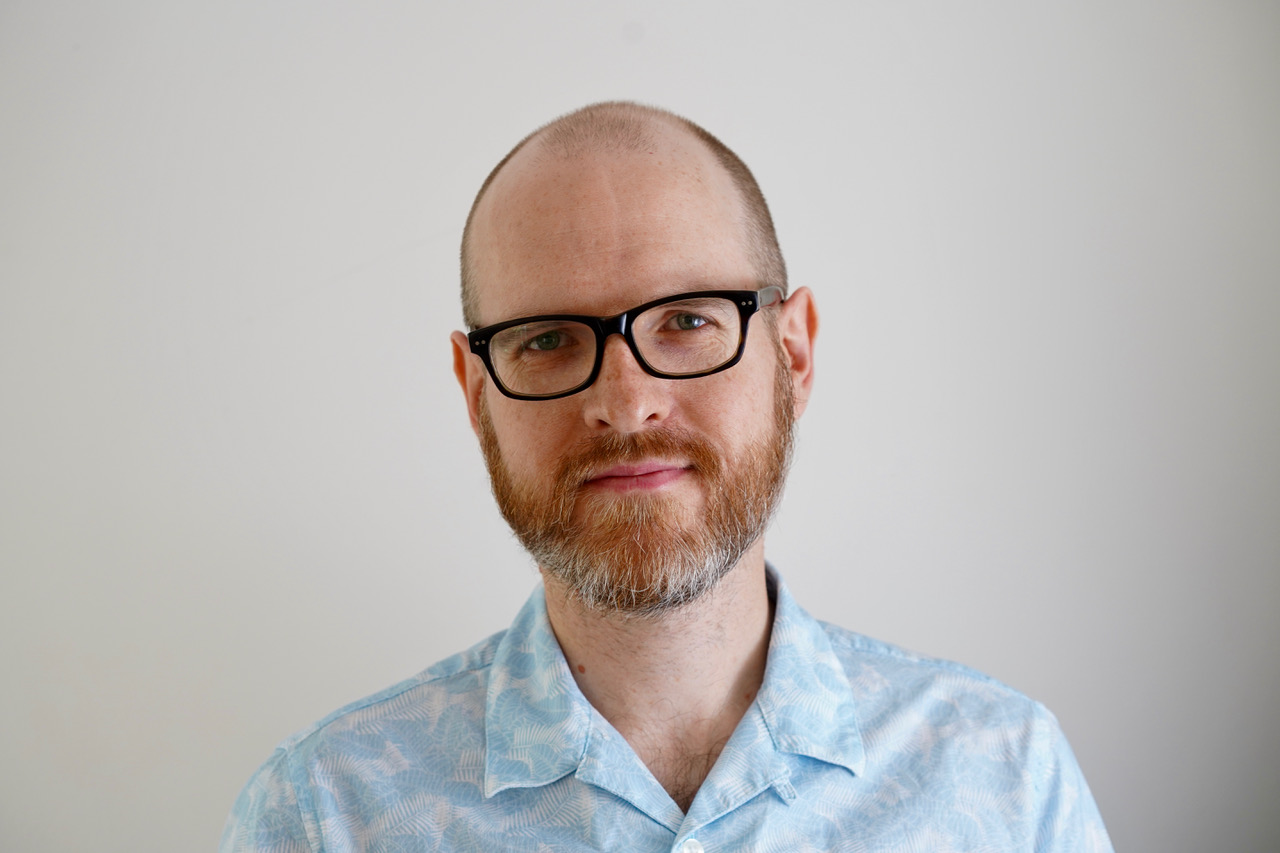
Jon is a freelance journalist who has been covering tech since the dawn of the smartphone era. Besides TechRadar, his words and pictures have appeared in The Telegraph, ShortList, Tech Advisor, Trusted Reviews, Expert Reviews, and more. He largely covers consumer technology, with a particular focus on smartphones and tablets. However, he's also been known to dabble in the worlds of entertainment and video games.